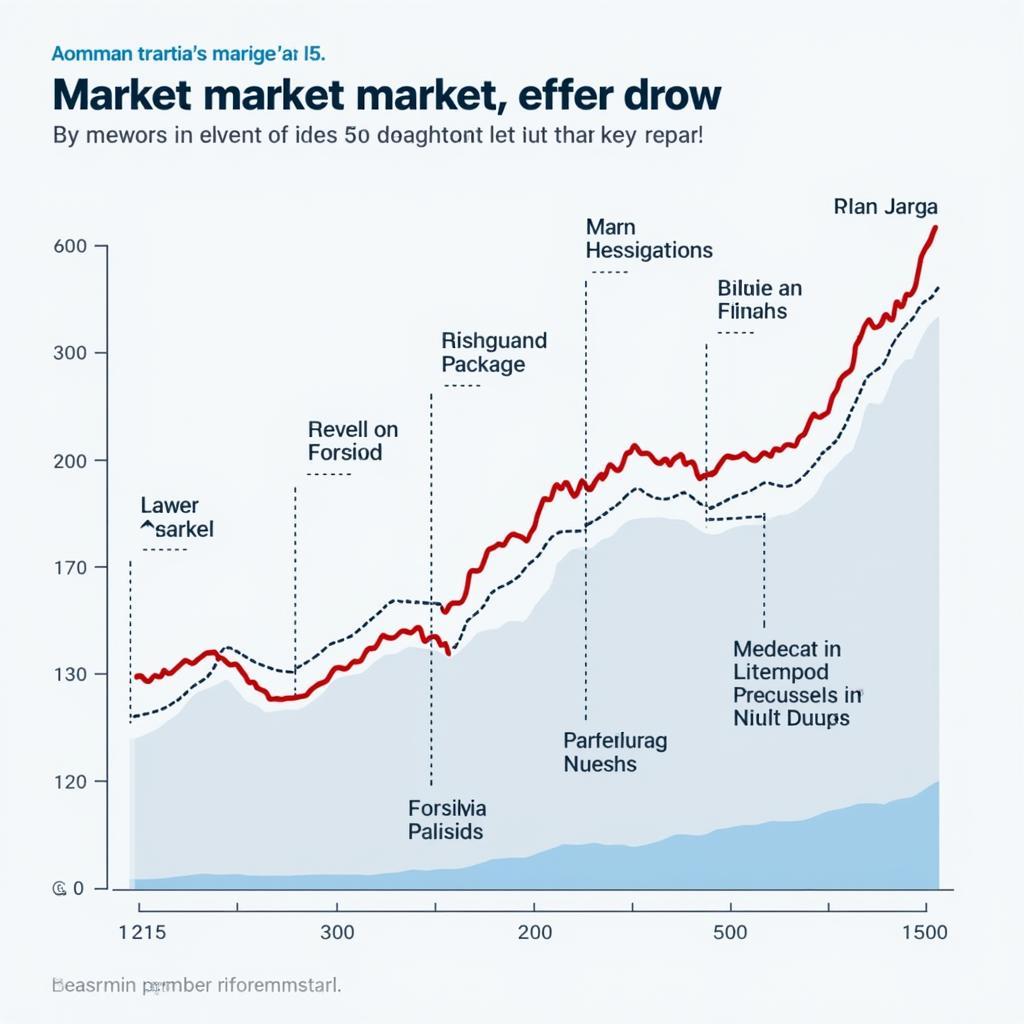The Asean Blueprint 2016, formally known as the ASEAN Community Vision 2025, stands as a testament to the region’s commitment to integration and development. This comprehensive roadmap outlines the bloc’s collective aspirations and strategic priorities for the decade following its establishment in 2015.
Building the ASEAN Community: A Three-Pillared Approach
The ASEAN Blueprint 2016 centers on three fundamental pillars, each addressing a critical dimension of regional integration:
1. Political-Security Community: This pillar seeks to foster a region where peace, security, and political cooperation prevail. Key objectives include:
- Enhancing political dialogue and consultation mechanisms.
- Promoting good governance, human rights, and the rule of law.
- Strengthening cooperation in transnational crime prevention and counter-terrorism efforts.
2. Economic Community: Recognizing the economic potential of a unified ASEAN, this pillar aims to create a single market and production base characterized by:
- Free flow of goods, services, investments, and skilled labor.
- Enhanced regional connectivity through infrastructure development.
- Innovation-driven growth and a competitive business environment.
3. Socio-Cultural Community: This pillar underscores the importance of a people-oriented ASEAN, fostering a shared identity and social responsibility through:
- Promoting cultural exchange and understanding.
- Enhancing human development and social welfare.
- Ensuring environmental sustainability and resilience.
Key Priorities and Initiatives
To translate the blueprint’s vision into reality, ASEAN has identified key priorities and initiatives:
- Narrowing the Development Gap: Recognizing disparities within the region, ASEAN is committed to reducing development gaps and promoting equitable growth among its member states.
- Enhancing Connectivity: ASEAN seeks to strengthen physical, institutional, and people-to-people connectivity to facilitate trade, investment, and tourism.
- Promoting Innovation and Competitiveness: ASEAN aims to foster a culture of innovation and entrepreneurship to drive economic growth and enhance regional competitiveness.
- Strengthening ASEAN’s Global Role: The blueprint emphasizes the need for a more outward-looking ASEAN that actively engages with global partners and contributes to global governance.
Progress and Challenges
Since its adoption, the ASEAN Blueprint 2016 has guided significant progress in regional integration. ASEAN has witnessed:
- Increased intra-ASEAN trade and investment.
- Improved connectivity through infrastructure development projects.
- Enhanced cooperation in areas like disaster management and counter-terrorism.
However, challenges remain:
- Implementation Gaps: Translating ambitious plans into concrete actions requires effective implementation mechanisms and resource mobilization.
- Non-Tariff Barriers: Despite progress in trade liberalization, non-tariff barriers continue to hinder the free flow of goods and services.
- Geopolitical Complexities: Navigating evolving geopolitical dynamics and ensuring ASEAN’s centrality amidst competing interests pose ongoing challenges.
“The ASEAN Blueprint 2016 reflects the bloc’s long-term vision for a prosperous and integrated region,” says Dr. Maya Kumar, a Southeast Asian Studies professor at the National University of Singapore. “While progress has been made, sustained efforts are crucial to overcome challenges and fully realize the blueprint’s potential.”
ASEAN Blueprint 2016 and the Future of ASEAN
The ASEAN Blueprint 2016 represents a significant milestone in ASEAN’s journey towards deeper integration. By outlining a clear vision, priorities, and initiatives, the blueprint provides a roadmap for a more cohesive, prosperous, and resilient ASEAN. As the region navigates a complex and evolving global landscape, the blueprint’s emphasis on collaboration, inclusivity, and outward-looking engagement remains more relevant than ever. Sustained commitment and proactive collaboration among member states will be key to realizing the blueprint’s aspirations and securing a brighter future for the people of ASEAN.
FAQ
1. What is the main goal of the ASEAN Blueprint 2016?
The main goal of the ASEAN Blueprint 2016 is to realize the ASEAN Community Vision 2025, which outlines a roadmap for a more integrated, prosperous, and peaceful Southeast Asia.
2. What are the three pillars of the ASEAN Community?
The three pillars of the ASEAN Community are the Political-Security Community, the Economic Community, and the Socio-Cultural Community.
3. What are some of the key challenges to implementing the ASEAN Blueprint 2016?
Some key challenges include implementation gaps, non-tariff barriers to trade, and navigating complex geopolitical dynamics.
4. How does the ASEAN Blueprint 2016 address the issue of development gaps within ASEAN?
The blueprint prioritizes narrowing the development gap through initiatives aimed at promoting equitable growth and reducing disparities among member states.
5. What is the significance of the ASEAN Blueprint 2016 for the future of ASEAN?
The blueprint provides a crucial framework for ASEAN’s future by outlining a shared vision, priorities, and initiatives for deeper integration and regional cooperation.
Need More Information?
For further insights and resources on ASEAN and regional integration:
- Explore our articles on the 2012 ASEAN Summit and the ASE Annual Conference 2016.
- Stay updated on regional developments with our coverage of ASEAN in August 2018.
Contact us at Phone Number: 0369020373, Email: aseanmediadirectory@gmail.com, or visit us at Thôn Ngọc Liễn, Hiệp Hòa, Bắc Giang, Việt Nam. Our customer support team is available 24/7 to assist you.

